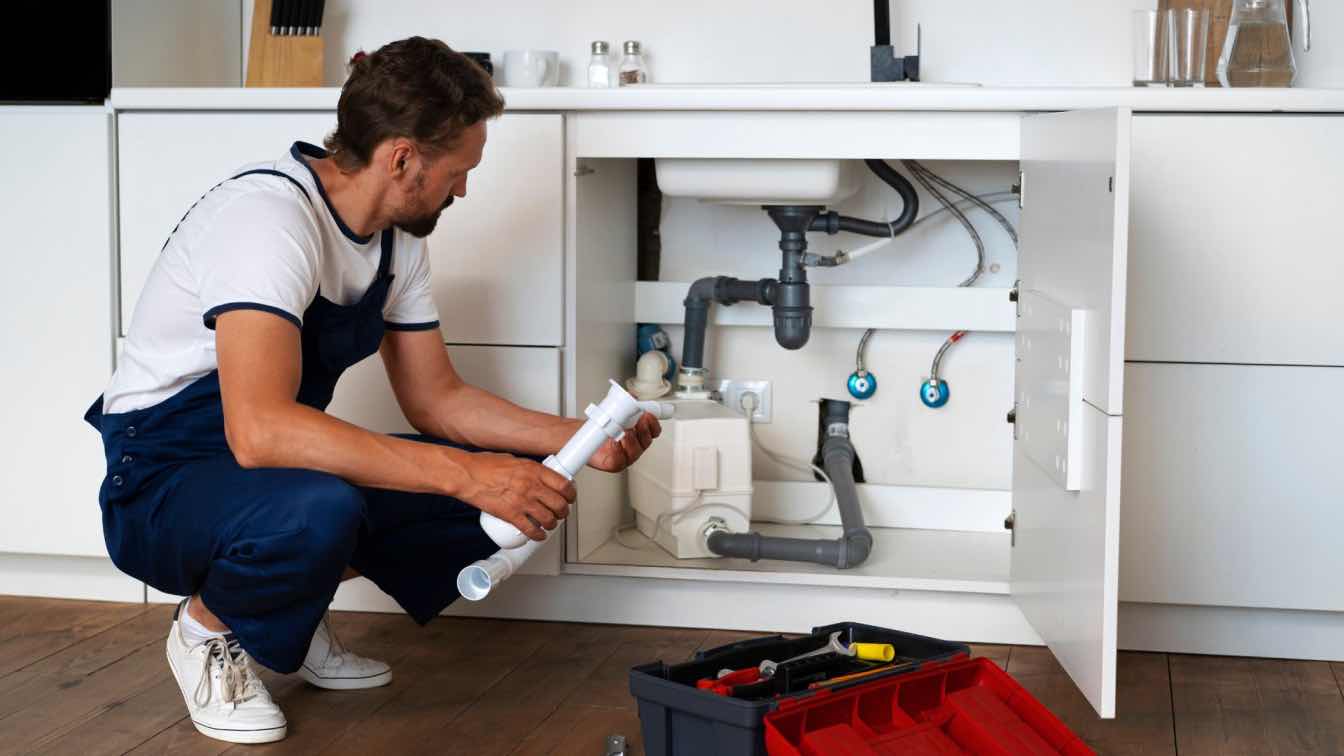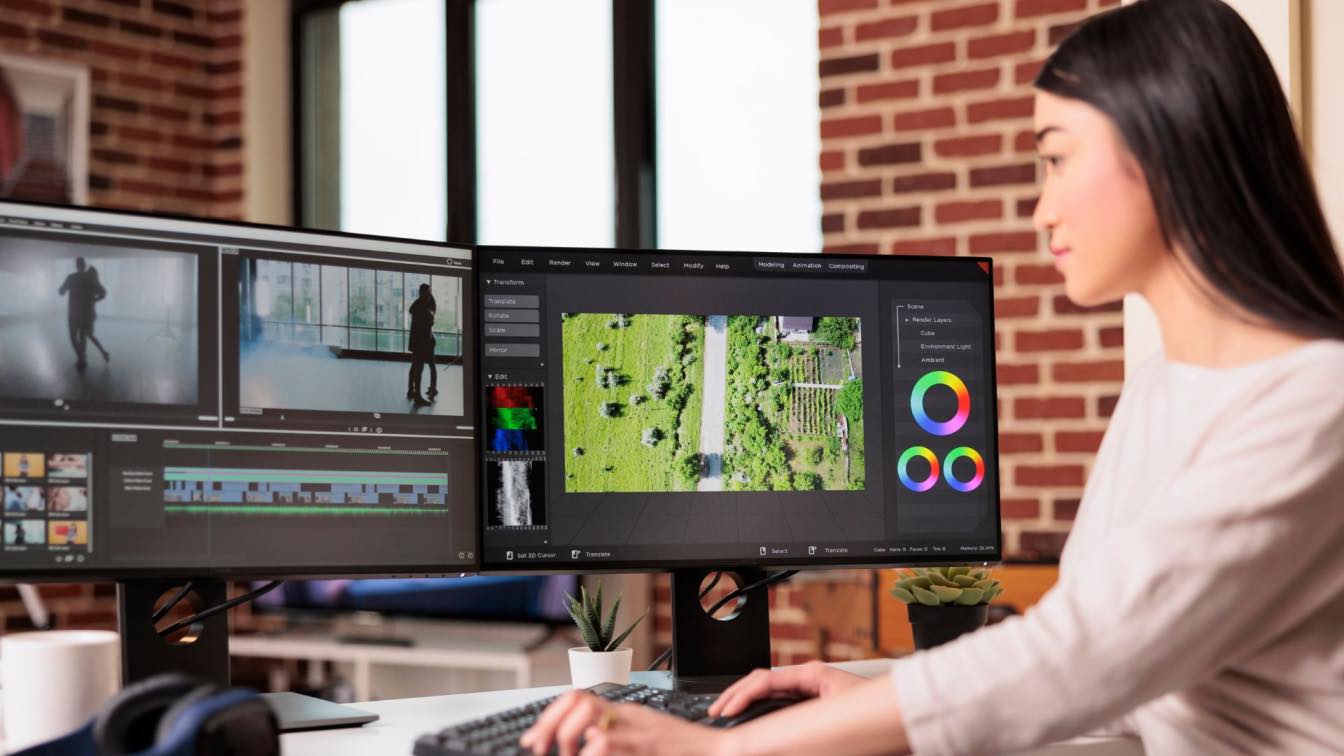Plumbing choices in building design shape functionality, aesthetics, and sustainability. Whether you’re drafting a new structure or revamping an old one, certain decisions elevate both form and utility. From hidden pipes to roof drainage systems, every choice matters.
With that in mind, here are a few practical plumbing strategies that enhance your designs without overcomplicating things.
Designing for Efficient Wet-Wall Placement
A wet-wall, the backbone of plumbing design, houses essential pipes and fixtures. Its placement can influence costs, maintenance ease, and water efficiency.
To optimize its location:
1. Place wet-walls near kitchens and bathrooms. This reduces material use by minimizing pipe runs.
2. Align them vertically between floors in multi-story buildings to simplify installation and repairs.
3. Consider shared walls between units in apartments or townhouses to save on construction costs.
Poor placement leads to costly reroutes or complicated layouts later. Planning upfront ensures both function and aesthetic goals are met effectively.
Vent Stack Layouts That Save Space
Vent stacks are critical for air circulation in plumbing systems, preventing odors and maintaining proper drainage flow. Thoughtful design keeps them effective without wasting space.
To create efficient layouts:
1. Group vent stacks close to wet-walls. This simplifies connections and reduces material costs.
2. Use a single stack system when possible, which reduces the need for multiple vents throughout the building.
3. Ensure vertical alignment across floors to avoid complex rerouting that takes up valuable room.
Neglecting efficient placement can result in bulky designs or ventilation failures over time. Intelligent preparation maximizes functionality while minimizing structural impact.
Rethinking Pipe Routing for Better Functionality
Pipe routing impacts water pressure, maintenance access, and construction costs. Efficient layouts ensure smooth operations while minimizing disruptions.
To achieve this:
1. Use straight runs whenever possible to reduce pressure drops and installation complexity.
2. Plan for accessible shut-off valves at key points to simplify future repairs or replacements.
3. Collaborate with local professionals who know regional codes and best practices; for instance, working with this plumber in Denver is a smart way to navigate local requirements effectively.
Poorly routed pipes often lead to unnecessary delays or long-term inefficiencies. A practical layout ensures both immediate functionality and lasting performance.
Choosing the Right Water Heater for Your Design Needs
Water heaters impact energy efficiency, water availability, and space usage. Selecting the right type ensures comfort without overburdening resources.
Key considerations include:
- Tankless models work well in smaller spaces and provide on-demand hot water, reducing standby energy loss.
- Traditional tanks remain suitable for buildings with consistently high-volume needs due to their storage capacity.
- Solar or heat pump systems reduce environmental impact by using renewable or efficient technology.
Choosing poorly sized or inefficient systems can lead to inconsistent performance or higher utility bills. The right choice balances user needs with long-term sustainability goals effectively.
Planning for Greywater Reuse Systems in Modern Buildings
Greywater systems recycle water from sinks, showers, and washing machines for non-potable uses. Integrating these systems conserves resources and lowers utility costs. Since just 3% of the world’s water is potentially extractable for human use, and a tiny fraction of this is realistically usable, efficiency here is advised.
For starters:
1. Install dual plumbing lines to separate greywater from blackwater for safe reuse applications like irrigation or toilet flushing.
2. Include filters and treatment units to ensure water quality meets local regulations.
3. Plan storage tanks near areas of high usage to minimize pumping needs and reduce energy consumption.
Overlooking greywater integration during initial planning often leads to higher retrofitting expenses later. Early preparation aligns designs with sustainability efforts while significantly reducing environmental impact.
Effective Noise Control Solutions in Plumbing Systems
Plumbing noise can disrupt daily life, especially in multi-family or mixed-use buildings. Addressing this issue during design improves comfort and tenant satisfaction.
To minimize noise:
1. Use thicker pipes or insulation materials to dampen sound transmission through walls and ceilings.
2. Opt for pressure-regulated valves to reduce sudden water hammer noises caused by rapid flow changes.
3. Plan pipe routing away from bedrooms or quiet areas where noise could be more intrusive.
Failing to address plumbing sounds upfront often results in costly fixes post-construction. Simple adjustments early on lead to quieter, more livable spaces over the long term.
Roof Drainage Details That Prevent Long-Term Issues
Roof drainage systems protect structures from water damage, mold growth, and erosion. Combined with regular maintenance, a well-designed system handles heavy rainfall efficiently while safeguarding the building.
With that in mind:
1. Install sloped roof surfaces or scuppers to channel water effectively toward drains or gutters.
2. Use high-capacity downspouts to handle stormwater without causing overflow during peak conditions.
3. Include cleanouts at accessible points for routine maintenance and clog prevention.
Ignoring proper drainage design risks pooling water that can compromise roofs over time. Clever strategizing ensures durability, safety, and low upkeep requirements for years to come.
Final Thoughts
Thoughtful plumbing choices blend practicality with design, enhancing performance and sustainability. From wet-wall placement to drainage systems, every decision impacts functionality and longevity.
Prioritize thoughtful planning, collaborate with experts, and address future needs early. These steps ensure your building’s plumbing supports both aesthetic goals and efficient operation seamlessly over time.





